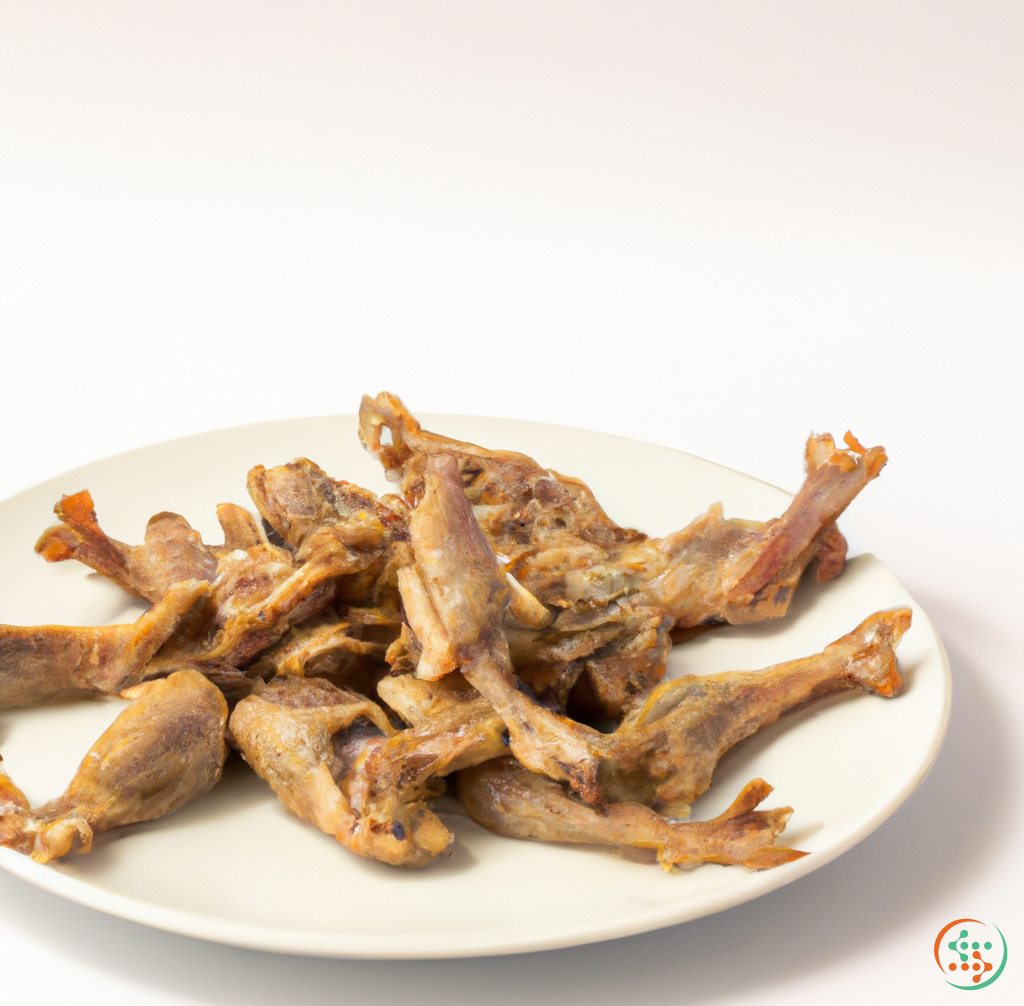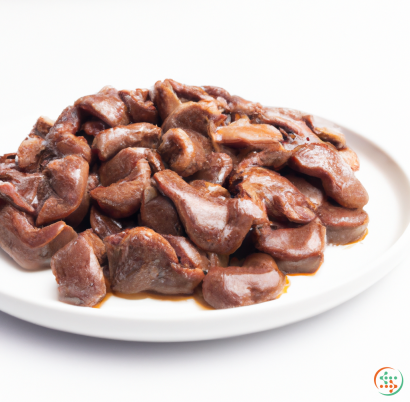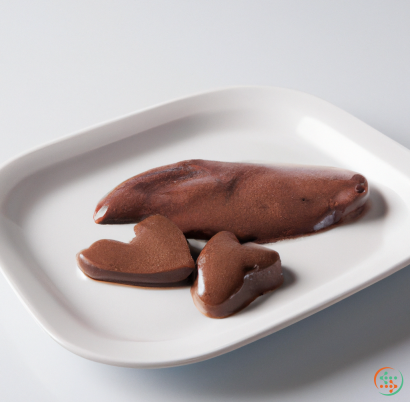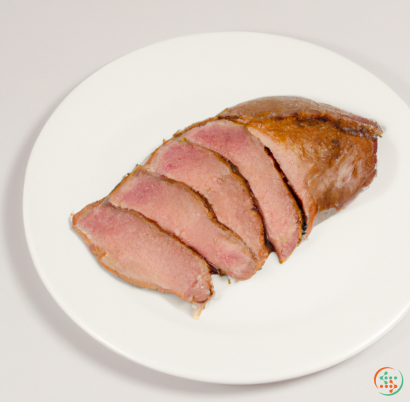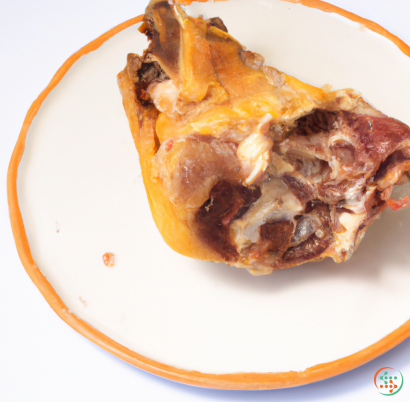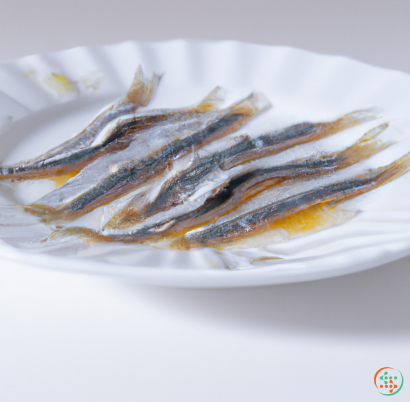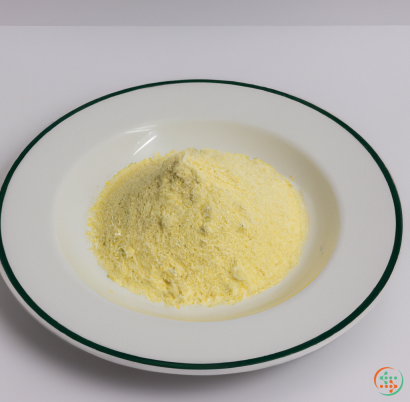Frog Legs
When you hear “frog legs”, chances are the thought of a traditional French dish springs to mind. But in reality, frog legs are quite popular in other countries as well, including Vietnam, China, Malaysia and Brazil. Although it isn’t considered a traditional American dish, some restaurants will serve it and can be found on some menus.
So, what are frog legs? In a nutshell, they are made from the hind legs of a frog, usually of the genus Rana, which is commonly found in North America. Typically, they are harvested using a net or a shotgun, and then blanched and dressed in various flavoring. Depending on the area and the country you are in, the exact preparation may differ, but the dish itself is primarily the same.
The meat from the frog legs is often compared to chicken, as it is lean and poultry-like in taste. In some countries like Vietnam or China, frog legs are often seasoned with garlic, pepper, and lemon juice. In Vietnam, a popular dish is called Rang Me – a type of spicy frog leg stir-fry.
When cooked properly, frog legs have a delicate yet flavorful flavor. They’re high in protein, low in fat and calories, and a great source of Vitamin B12, zinc, and iron. The flavor of the frog legs greatly depends on how they’re cooked. For instance, they can be fried in oil, oven-baked, boiled, or cooked in a stew or a soup.
In terms of nutrition, frog legs are incredibly healthy. They’re a great source of important vitamins and minerals, including phosphorus, potassium, magnesium, and Vitamin B12. Frog legs are also high in essential fatty acids, which are essential for optimal health.
However, if you’re considering trying frog legs, you should be aware that there are certain risks associated with consuming them. Frog legs can contain toxins that can cause vomiting, nausea, and diarrhoea if not handled properly. So be sure to always buy your frog legs from a reputable source.
Another thing to consider is that, unlike other meats, frog legs can be quite difficult and time-consuming to prepare. From dressing to seasoning and cooking, it can be quite a long process. But if you are looking to try something new and interesting, frog legs are definitely worth a try!
To sum up, frog legs are quite popular in some parts of the world, primarily due to their delicious taste, lean meat, and nutritional value. They can be cooked in a variety of ways and are a great source of fish and poultry-like proteins. But with any dish, it’s important to be aware of potential health risks and to research your purchase from a reputable source.
Overall, frog legs provide an interesting, yet delicious meal option that’s packed with vitamins, minerals, and essential fatty acids. If you’re feeling adventurous and want to try something unique and new, give frog legs a try!
Introduction:
Frog legs as food are considered a delicacy in many cultures. They can be found on restaurant menus in French, Chinese, Thai and Vietnamese cuisine. But have you ever wondered how a frog leg is created and then brought to the dinner plate? It's a fascinating journey that starts with frog legs production and ends with them appearing at your favorite restaurant.
The Journey Begins: Frog Legs Production
The production of frog legs involves the external and internal parts of the frog: its meat, skin, and oil glands. Frogs are typically raised in captivity for culinary purposes, since wild frogs typically aren’t harvested for their legs. The process of separating the legs from the body of a frog is called “rabbeting”.
The Frog Leg Harvesting Process:
Once the frogs have grown to the size of frog legs, they are harvested. Frogs are nocturnal, so they are usually kept in dark enclosures and/or kept in darker parts of the enclosure when it's time to harvest them. This helps prevent them from becoming overly stressed and makes it easier to catch them.
The frogs are carefully caught either by hand or with a net and then taken out of their enclosures. The process of harvesting the frog legs begins with the removal of the legs. This can be done by cutting the skin at the base of the thighs and then using a pair of forceps to pull out the tendons and other tissues that are connecting the two legs.
Once the tendons are pulled, the legs are then separated from the rest of the body. The frogs are put in specially designed containers to keep them in good condition while the process of cleaning and gutting is done. Cleaning involves the removal of any dirt and debris from the outside of the frog legs as well as any mud, dirt, or mites that may have attached to the skin. Gutting involves the removal of the inner organs and tissues such as the gall bladder, lungs, heart, and stomach.
Once the frogs have been properly cleaned and gutted, the frog legs are ready for further processing. The cleaned frog legs will then be cut into smaller sections, depending on the customer's preference. The sections are then placed in a poly-bag and labeled with the frog type, quantity, and packaging date.
Packaging:
Once the frog legs have been processed, they are ready to be packaged for shipment. Frog legs are usually packaged in a poly-bag with or without a vacuum seal. This helps to keep the frog legs fresh during shipment. The poly-bag is then placed in a cardboard box or wooden crate for shipping.
Shipping:
The frog legs are then shipped, typically by air freight, from the production site to the desired destination. The exact process of shipping depends on the customer's needs and the country of origin. Airport security may be required for certain shipments, as these are strictly regulated for health and safety reasons.
Once the shipment has reached its destination, the frog legs will need to be cleared through customs. Depending on the country, this may require a few different steps. These steps may include providing a health certificate, product certificate, and/or a copy of the export license. After customs clearance, the frog legs will finally be ready to be delivered to their final destination.
The Delivery to a Restaurant
Once the frog legs have been delivered to the restaurant, they will then be inspected to ensure they meet the quality standards required by the establishment. This includes checking the frog legs for any signs of spoilage, proper packaging, and overall freshness.
Once the frog legs have been approved for use, they will then be prepared for service. This involves washing the frog legs to remove any dirt and cooking them to the preferred temperature.
After the frog legs have been cooked, they are then plated and ready to be served. As with any seafood dish, it is important to ensure the frog legs are cooked to the proper temperature. After the meal is finished eating, the diner can then enjoy a great-tasting meal with the understanding of the journey from production to plate.
Conclusion:
Frog legs as food are considered a delicacy in many cultures. Although the journey from production to plate is a fascinating one, it is complicated and requires several distinct steps. From harvesting the legs, to packaging and shipping, to final preparation, frog legs have a lot of processes that must be followed in order to reach a diner's plate. Even if the diner never knows the entire journey that the frog leg made, it is still an integral part of the process that ensures a quality plate of food.
The production and harvesting of frog legs is a complex process and one that must be done with great care. Not only is it important to ensure the freshness and safety of the food, but it is also a matter of respecting the ingredient and contributing to the industry in a sustainable way.
As more people are becoming conscious of where their food comes from and opting for sustainable and ethical sources, so too will frog legs become a staple of many restaurants’ menus. Understanding the journey behind the frog leg is a crucial part of embracing this delicious culinary experience.
| Vitamin A | 0.015 mg | |
| Vitamin D | 0.2 ug | |
| Vitamin D3 | 0.2 ug | |
| Vitamin E | 0.001 grams | |
| Vitamin K | 0.1 ug | |
| Vitamin B1 | 0.14 mg | |
| Vitamin B2 | 0.25 mg | |
| Vitamin B3 | 0.0012 grams | |
| Vitamin B4 | 0.065 grams | |
| Vitamin B6 | 0.12 mg | |
| Vitamin B9 | 0.015 mg | |
| Vitamin B12 | 0.4 ug |
| Calcium | 0.018 grams |
Daily Value 1.3 g
|
| Iron | 0.0015 grams |
Daily Value 0.018 g
|
| Magnesium | 0.02 grams |
Daily Value 0.4 g
|
| Phosphorus | 0.147 grams |
Daily Value 1.25 g
|
| Potassium | 0.285 grams |
Daily Value 4.7 g
|
| Sodium | 0.058 grams |
Daily Value 2.3 g
|
| Zinc | 0.001 grams |
Daily Value 0.011 g
|
| Copper | 0.25 mg |
Daily Value 0.9 mg
|
| Selenium | 0.0141 mg |
Daily Value 0.055 mg
|
| Total Sugars | 0.131141 grams |
per 100g
|
| Palmitic acid (16:0) | 0.05 grams |
|
| Stearic acid (18:0) | 0.02 grams |
|
| Total Saturated fatty acids: | 0.07 g | |
| Oleic acid (18:1) | 0.04 grams |
|
| Palmitoleic acid (16:1) | 0.01 grams |
|
| Total Monounsaturated fatty acids: | 0.05 g | |
| Omega-3 Timnodonic acid (20:5) | 0.01 grams |
|
| Omega-3 Clupanodonic acid (22:5) | 0.01 grams |
|
| Linolenic acid (18:3) | 0.01 grams |
|
| Linoleic acid (18:2) | 0.02 grams |
|
| Total Polyunsaturated fatty acids: | 0.05 g | |
| Cholesterol | 0.05 grams |
|
| Total Sterols: | 0.05 g | |
